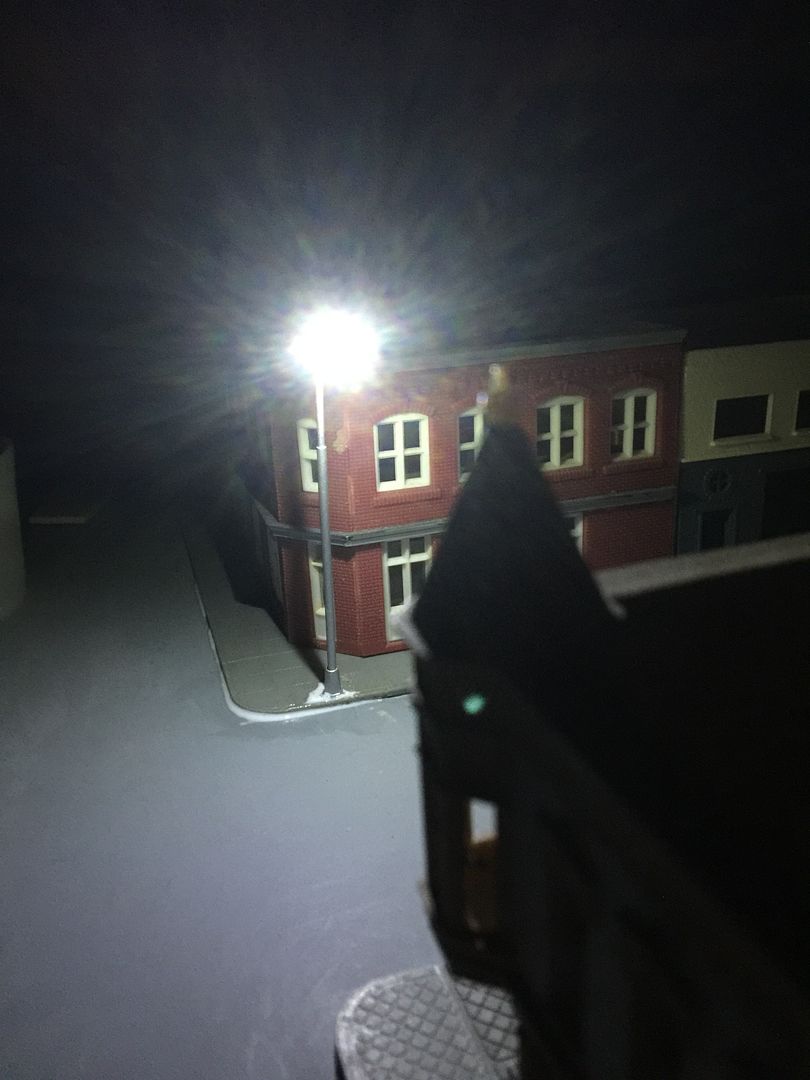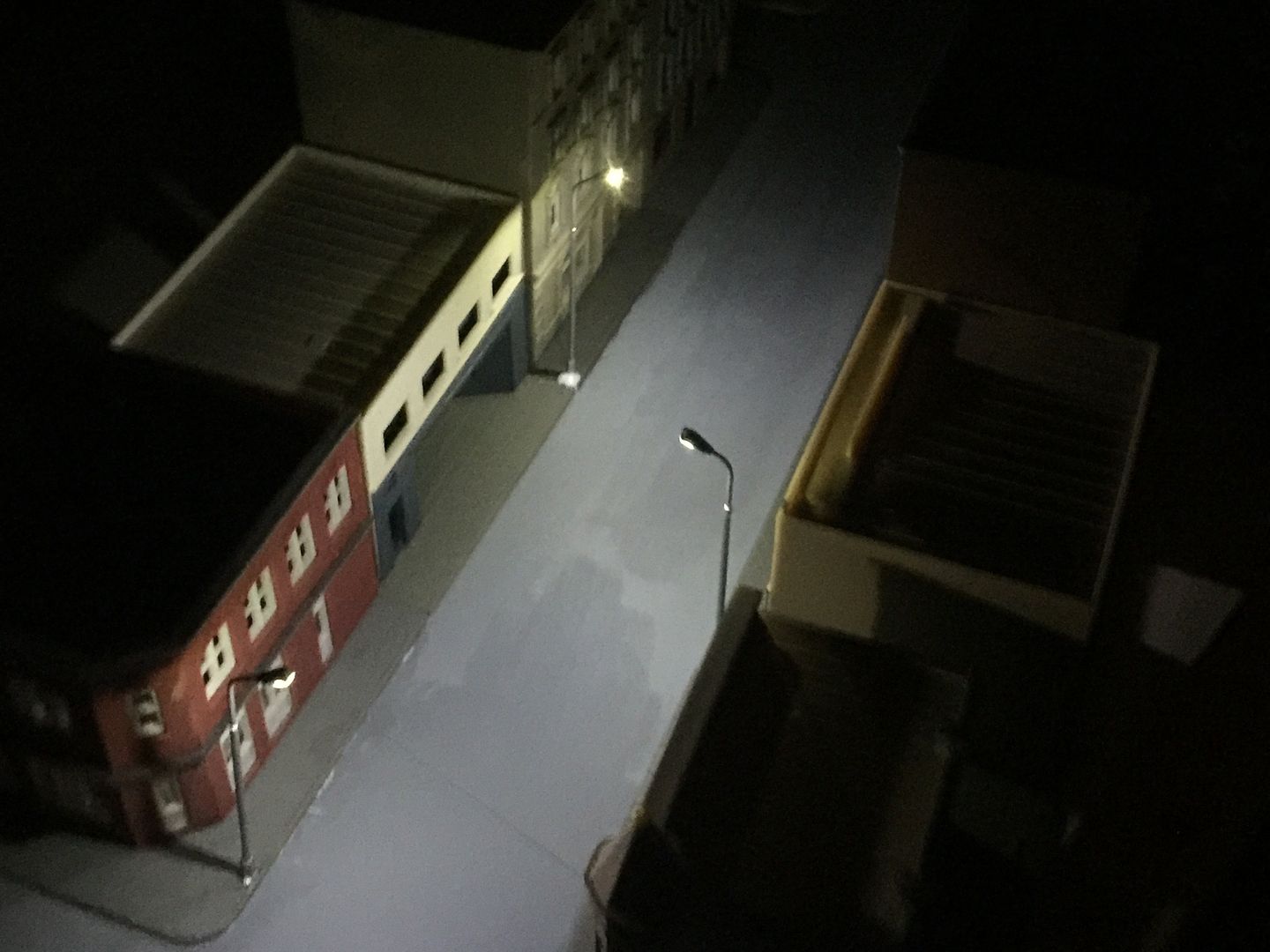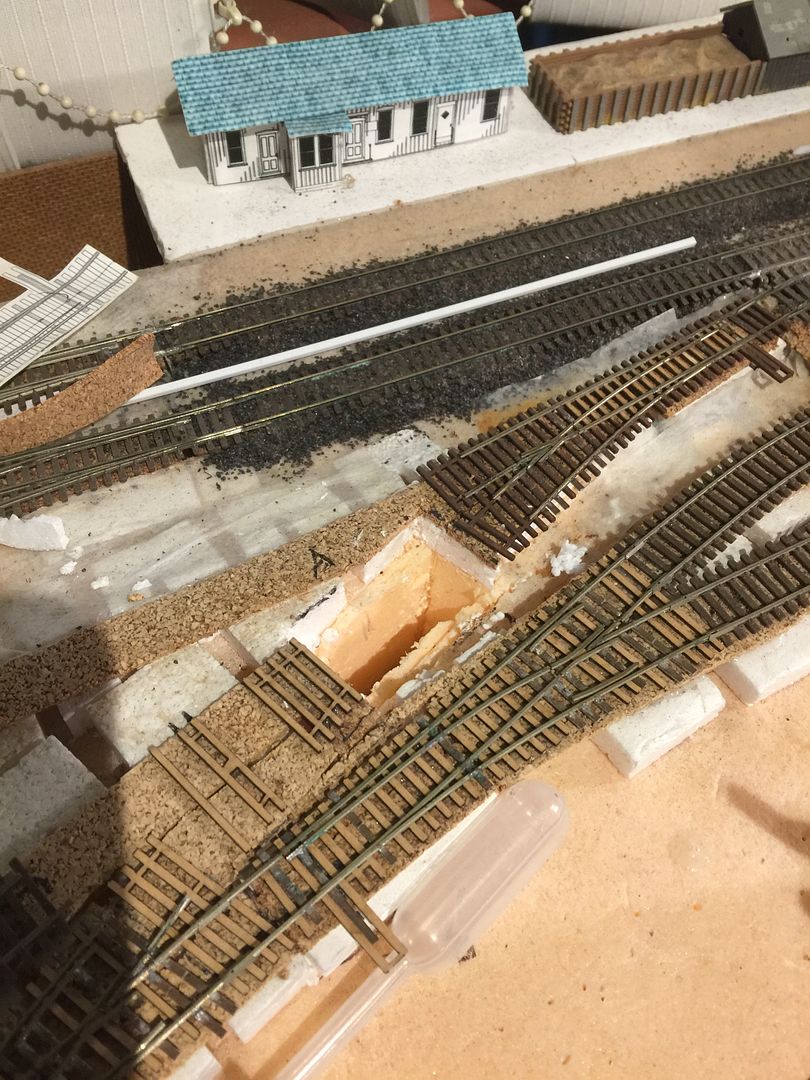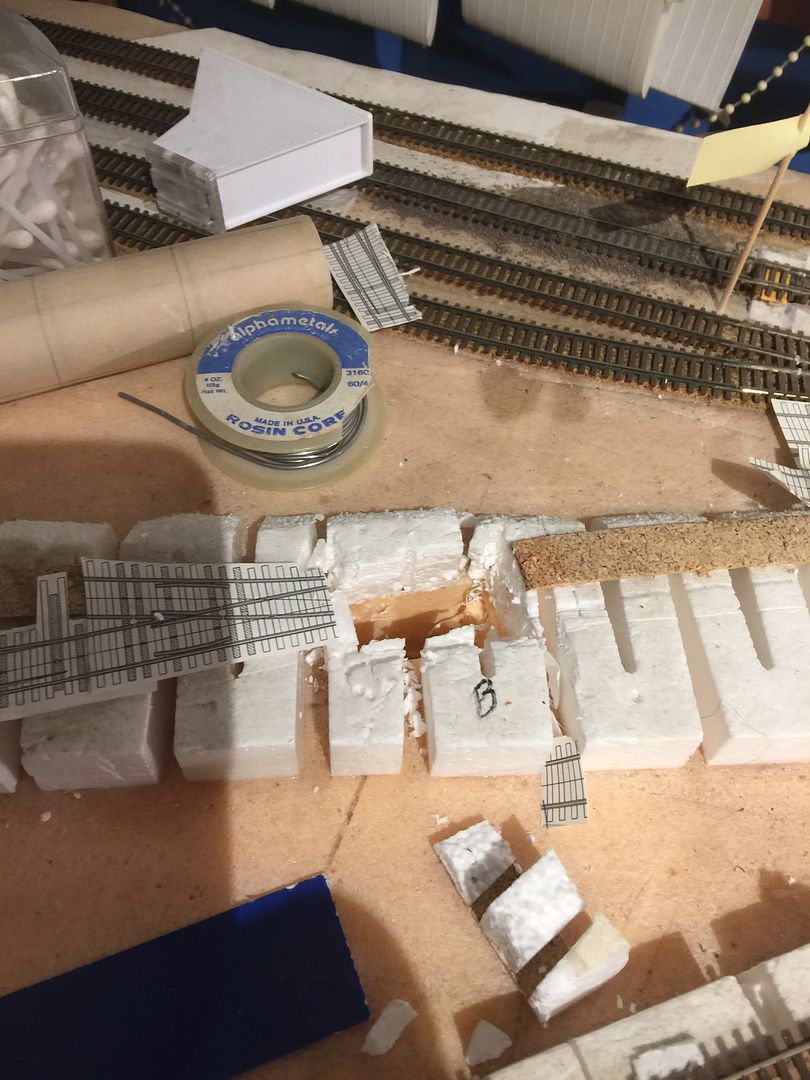The end of the line for the Terminal Railway?
Overview
For almost twenty years I have been working
off and on building a model railroad in the storage/laundry room of my home.
Having been interested in N scale for more than thirty years before this, and seemingly
always being a train fan for as long as I can remember, this was a big deal for me. I
had started a half-basement layout in our previous home in South Dakota, and I
had a lot of plans. Sadly those plans previously intended for a twenty –two by
twenty-eight foot basement did not scale well into a ten by eight foot room.
Undaunted, I tried, and I had a list of
things I wanted to achieve. But over the years it has also meant a lot of
compromise, and looking back, led to a lot of disenchantment with not having
the space to do more.
A couple of things along the way
contributed to my very slow progress, and maybe this will help someone out
there who is struggling in the same way
Life happens
Too often things outside of the span of our
own control get in the way. For me, the events that led to my muse, my then
two-year old grandson coming to live with us, took a sudden and terrible turn
when my daughter, his mother, passed away just before his third birthday. Being
responsible for a very young child again required a major shift in our lives,
and severely affected my motivation at the same time.
Diversions
Along the way I also acquired use of enough
space to build a big enough layout to run the kind of trains I wanted to; a
loop of approximately eleven by thirty-three feet. This also cut into my
capability to progress on my home layout.
And as if that was not enough, in 2017 I
acquired a small layout to take to shows and exhibitions. This project gave me
the opportunity to do something I had never done before; scenery. So while
having three layouts means less time for each one, I was able to operate my
layout publicly and realise some of the things I never realized was wrong with
my original layout.
This also made me face some things that
have slowed down progress on building the layout I wanted.
So I decided it was time to start again.
In doing so, I will be making some changes in the original design, because looking back, it was really overly complex, and keeping me from making progress.
- Removing the complexity of attempting staging below what was going to be the industrial switching area. I never found an effective way to build a base for the industrial track, or operate the staging area usefully, due to short track lengths.
- Make the layout modular. Going to shows has been a very good experience, and I have a plan in the making that should allow me to use the layout in public, and share it with more people.
On top of all of this I joined a club recently, and incorporating a connection to their standard is possible, and adds an added dimension to the urban scene I am trying to create.
Along the way I toyed with incorporating Squaw
Falls into the home layout and/or modules, but don’t see an elegant solution
that will let me run the layout as is or take it on the road. I’ll still have Squaw Falls “as is” until I
complete enough of the layout to go public, at which point maybe expanding it
out to include a mountain scene (space permitting) will be something I can
revisit.
I've already started, and will update with pictures when I am able.








